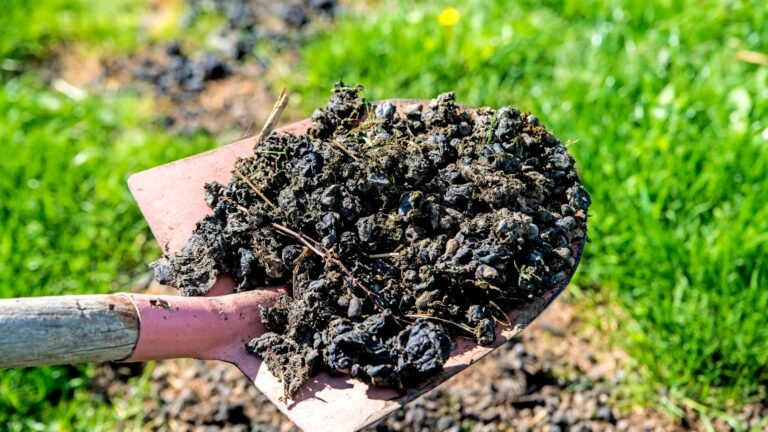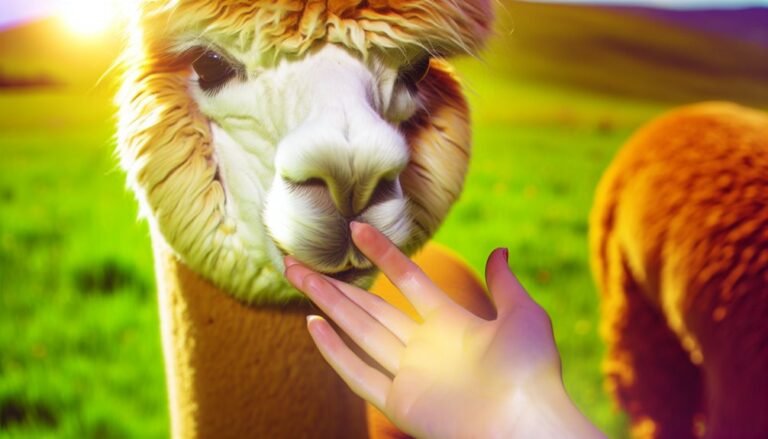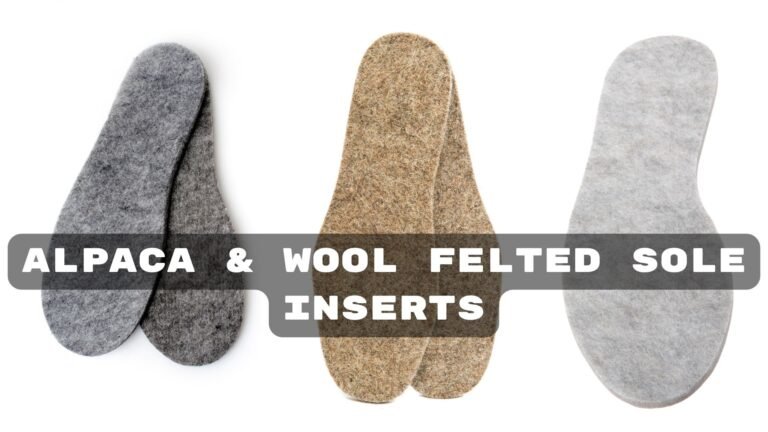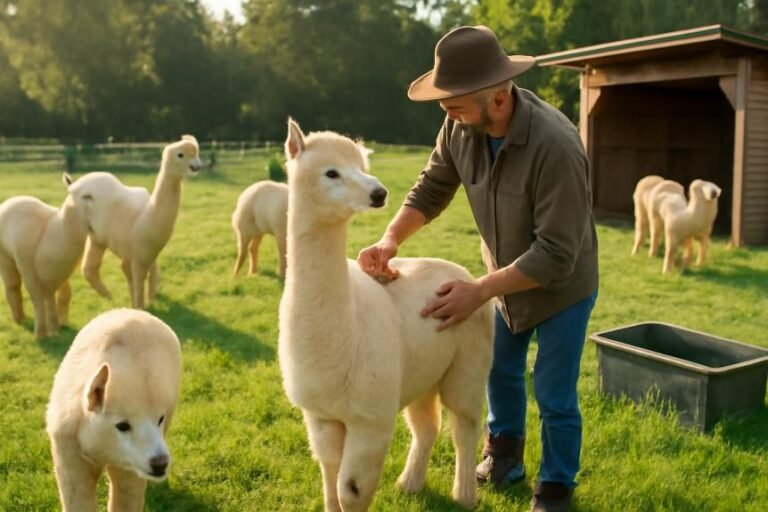Should You Shear Alpaca Yourself?
You can shear your alpaca yourself if you’re well-prepared and prioritize safety. Make certain to gather sharp tools, choose a clean, well-lit space, and keep your alpaca calm with gentle restraint. Shearing at the right time and handling your alpaca carefully reduces stress for both of you. After shearing, provide shade and monitor their comfort. If you want to guarantee a smooth, safe shearing experience, there are important steps and tips you’ll want to know.
Key Takeaways
- Shearing alpacas requires skill, sharp tools, and gentle restraint techniques to ensure animal safety and quality fiber harvest.
- A calm, clean, and well-lit environment is essential to minimize stress and prevent injuries during shearing.
- If inexperienced, hiring a professional shearer can prevent mistakes and ensure a smooth, efficient shearing process.
- Proper preparation, including keeping fleece dry and practicing restraint, improves shearing effectiveness and alpaca comfort.
- Post-shearing care is crucial to monitor health, provide shade, and reduce sensitivity to weather changes.
How to shear an alpaca

Gather your shearing tools and prepare a calm space before you start shearing your alpaca. The shearing process demands sharp shears, a mat, and gentle restraints to keep your alpaca secure and stress-free.
Alpacas need to be sheared annually to maintain their health and produce high-quality fiber. Begin shearing from the blanket area, moving carefully from the right front leg toward the tail, avoiding sensitive spots like joints and reproductive organs to assure the safety of the animal.
Work systematically on the back legs and belly, steering clear of the head to reduce stress. Afterward, release the alpaca gently and watch for any sensitivity to sun or cold.
Proper alpaca care during shearing guarantees a smooth experience and preserves the quality of the fleece.
Preparation is key
Before you start shearing, make certain your workspace is clean, flat, and well-lit, ideally indoors to avoid weather disruptions. Preparation is key to a smooth shearing process.
Ensure your shearing area is clean, flat, and well-lit indoors to avoid weather issues. Preparation is essential.
As an alpaca owner, gather all necessary supplies beforehand—sharp shears, mats, restraints, trash bags, and cleanup tools. Shelter your alpacas the night before to keep their fleece dry, which helps maintain fiber quality and prevents your shears from clogging.
Stay calm and organized throughout shearing; this reduces stress for both you and your alpacas. Practice gentle restraint techniques to keep them comfortable and safe.
Proper preparation not only guarantees a cleaner cut but also creates a positive experience for you and your animals, making shearing more efficient and less stressful.
Safety first

Keeping safety at the forefront helps protect both you and your alpacas during shearing.
Prioritizing safety first guarantees the health and wellbeing of your animals and yourself. When shearing an alpaca, be extra careful to create a calm environment and avoid accidents. If you’re unsure, consider hiring a professional alpaca shearer to secure a safe experience.
To keep safety top of mind:
- Use gentle restraints like tethering legs to prevent sudden movements.
- Maintain a calm demeanor and speak softly to reduce alpaca stress.
- Confirm the shearing area is well-lit, clean, and free of obstacles.
The shearing process
Start the shearing process by carefully removing the alpaca’s fleece, beginning with the blanket area.
You’ll want to restrain your alpaca gently, often by tethering its legs, to keep it calm and prevent sudden movements.
Make certain the alpacas fleece is dry before you start, as wet fiber can clog your shears and damage the quality of the alpaca fiber.
Use sharp, well-maintained shearing equipment to achieve clean cuts and reduce stress on the animal.
Regular shearing not only keeps your alpaca comfortable but also helps manage its sensitivity to temperature changes after being sheared.
Post shearing care
Once you’ve finished shearing, you should monitor your alpacas closely for any signs of sensitivity to sun or cold since they no longer have their protective fleece.
Proper post shearing care is essential to help them adjust comfortably. Be sure to provide plenty of shade and fresh water, which keeps them cool and hydrated.
To reduce stress, give your alpacas a spacious, quiet area to relax after the process. Additionally, document changes in their behavior or appearance to catch any health concerns early.
Remember to reward them for their patience, reinforcing positive experiences.
Key steps to support your alpacas include:
- Monitor alpacas for discomfort or unusual behavior
- Provide accessible shade and fresh water
- Create a calm space to reduce stress
This attentive care guarantees a smooth adjustment after shearing.








Our picks
Alpaca & Wool Felted Sole Inserts: Comfy Upgrade?
Best Alpaca Socks for Hiking: Ultimate Comfort and Durability on Trails
Best Alpaca Halter for Comfort and Control